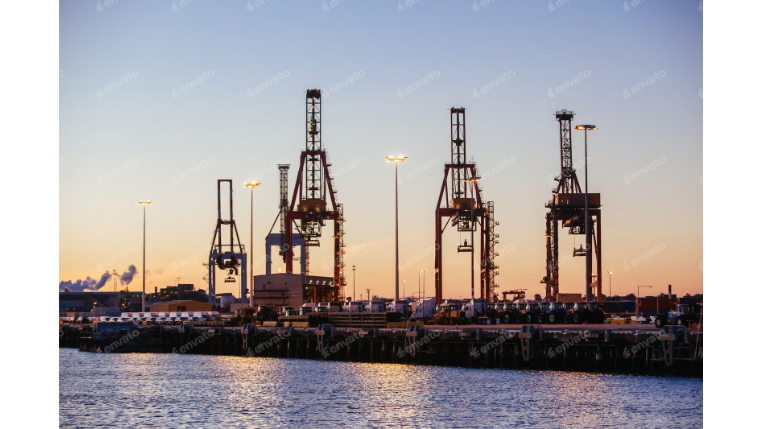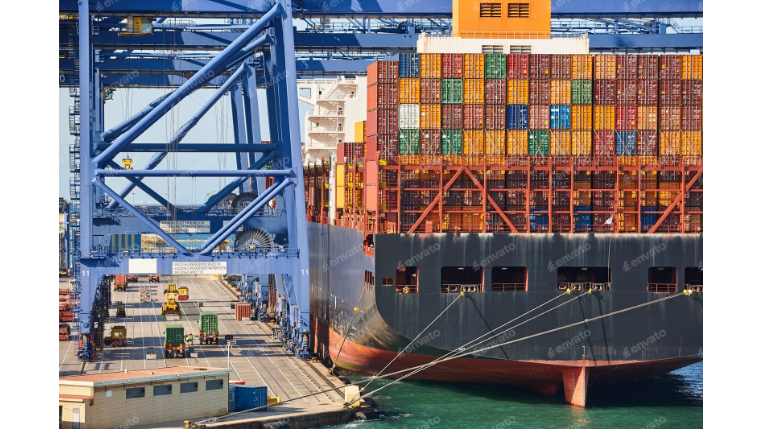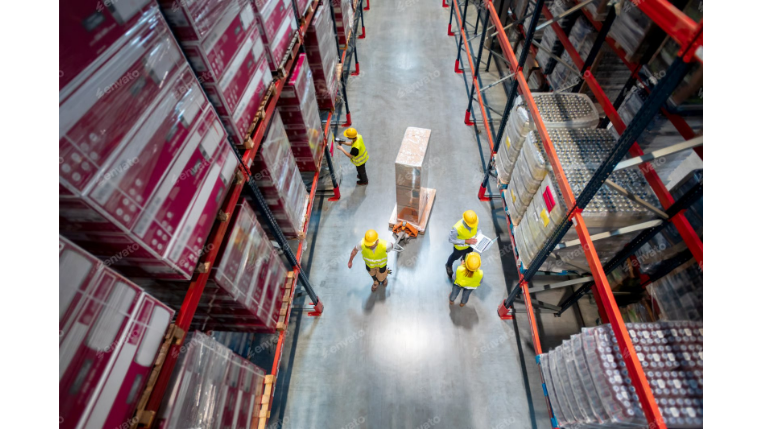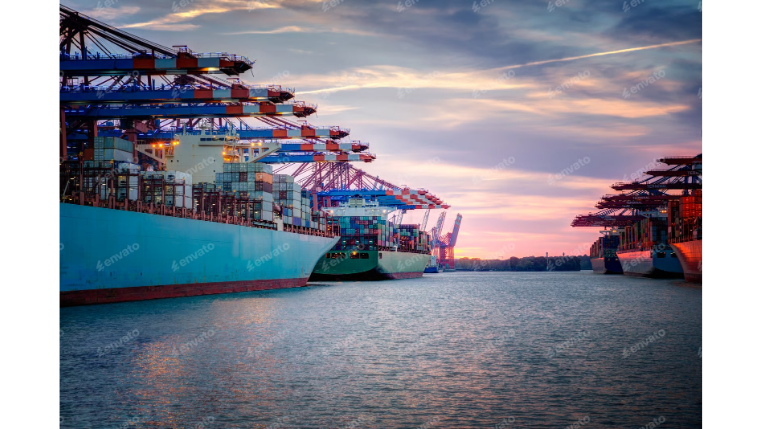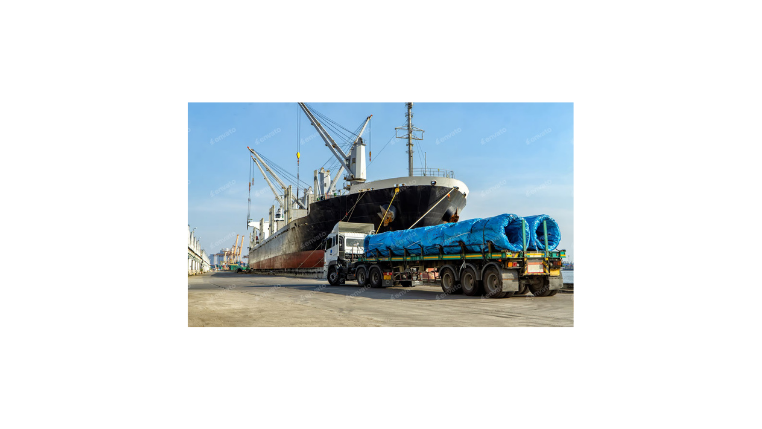The Future of Freight: Key Technologies Redefining Modern Logistics
The freight forwarding industry, once a world of phone calls, faxes, and paper-based processes, is now at the epicenter of a profound technological revolution. In the hyper-competitive and volatile global market of 2025, innovation is no longer a luxury — it's the primary survival strategy. Customer demands for speed and visibility, combined with the ever-present need for efficiency and resilience, are pushing forwarders to embrace a new suite of digital tools. This article explores the game-changing technologies that are not just improving logistics, but completely redefining what it means to be a freight forwarder.
The Imperative for Innovation in Freight Forwarding
Today's market pressures leave no room for outdated methods. The shift to technology is being driven by the need to solve critical challenges: providing the instant visibility customers now expect, navigating global disruptions with agility, and finding new efficiencies to protect razor-thin profit margins. Forwarders who adopt a technology-first mindset are pulling away from the competition, leaving the laggards to struggle with inefficiency and irrelevance.
The Tech Toolkit of the Modern Freight Forwarder
Successful forwarders are building a powerful, integrated technology stack. Here are the key innovations leading the charge.
1. AI-Driven Optimization and Predictive Analytics
Artificial Intelligence (AI) is the strategic "brain" of the modern logistics operation, turning vast amounts of data into actionable intelligence.
- Intelligent Route Optimization: AI algorithms go beyond simple A-to-B mapping. They analyze thousands of data points in real-time—including port congestion, weather patterns, traffic, fuel costs, and carrier performance—to identify the truly optimal route that balances speed and cost.
- Predictive Analytics: This is where AI becomes a game-changer. By analyzing historical and real-time data, machine learning models can anticipate demand fluctuations, predict the probability of a shipment being delayed, and identify potential risks in the supply chain before they become critical issues. This empowers forwarders to move from a reactive to a proactive operational model.
2. IoT-Enabled Real-Time Tracking and Condition Monitoring
The Internet of Things (IoT) acts as the "senses" of the supply chain, providing an unprecedented level of real-time visibility.
- How it Works: Small, affordable sensors and GPS devices are attached to containers, pallets, or even individual packages. These devices stream live data on a wide range of parameters, including:
- Precise Location: Far beyond simple vessel tracking.
- Temperature and Humidity: Critical for pharmaceuticals and perishables.
- Shock and Tilt: To detect potential damage.
- Security: Alerts for unauthorized door openings. This detailed, real-time data provides proof of condition and allows for immediate intervention if something goes wrong.
3. Blockchain for Unprecedented Transparency and Trust
Blockchain technology functions as a shared, immutable digital ledger. In logistics, it creates a single, secure, and tamper-proof record of every event and transaction in a shipment's lifecycle.
- Benefits:
- Enhanced Trust: All parties—shipper, carrier, forwarder, customs, consignee—share the same source of truth, reducing disputes.
- Streamlined Processes: It can automate and secure complex processes like customs clearance, letters of credit, and proof of delivery.
- Improved Traceability: Provides a verifiable audit trail for proving the authenticity and ethical sourcing of goods.
4. Robotic Process Automation (RPA) for Back-Office Efficiency
While physical robots are transforming warehouses, software "robots" (RPA) are transforming the office. RPA automates the highly repetitive, rules-based administrative tasks that consume valuable human time, such as:
- Entering data from a bill of lading or commercial invoice into a TMS.
- Generating and sending automated shipment status updates to customers.
- Verifying carrier invoices against quotes. By automating these tasks, RPA frees up experienced logistics professionals to focus on high-value activities like customer service, strategic planning, and exception management.
The Synergistic Effect: A Smarter Supply Chain
These technologies are most powerful when they work together. Imagine a scenario: an IoT sensor detects a temperature deviation in a container of medicine. This data is fed into an AI platform that predicts a spoilage risk and automatically alerts the forwarder. The event is simultaneously recorded on the blockchain, creating an indisputable record. This seamless integration of technologies creates a truly intelligent, self-monitoring, and resilient supply chain.
Conclusion
In conclusion, for freight forwarders operating in 2025, technology is the primary differentiator. The future belongs to those who can harness these innovations to deliver not just logistics services, but intelligent, transparent, and proactive supply chain solutions. The challenge and opportunity lie in integrating these capabilities into a cohesive whole.
A next-generation platform like Modaltrans is built for this new era. It provides a unified operating system for logistics that incorporates AI-powered analytics, real-time visibility, and streamlined digital workflows. By bringing these advanced tools together in a single, integrated ecosystem, it provides forwarders with the comprehensive toolkit they need to not only compete but to lead the industry.


